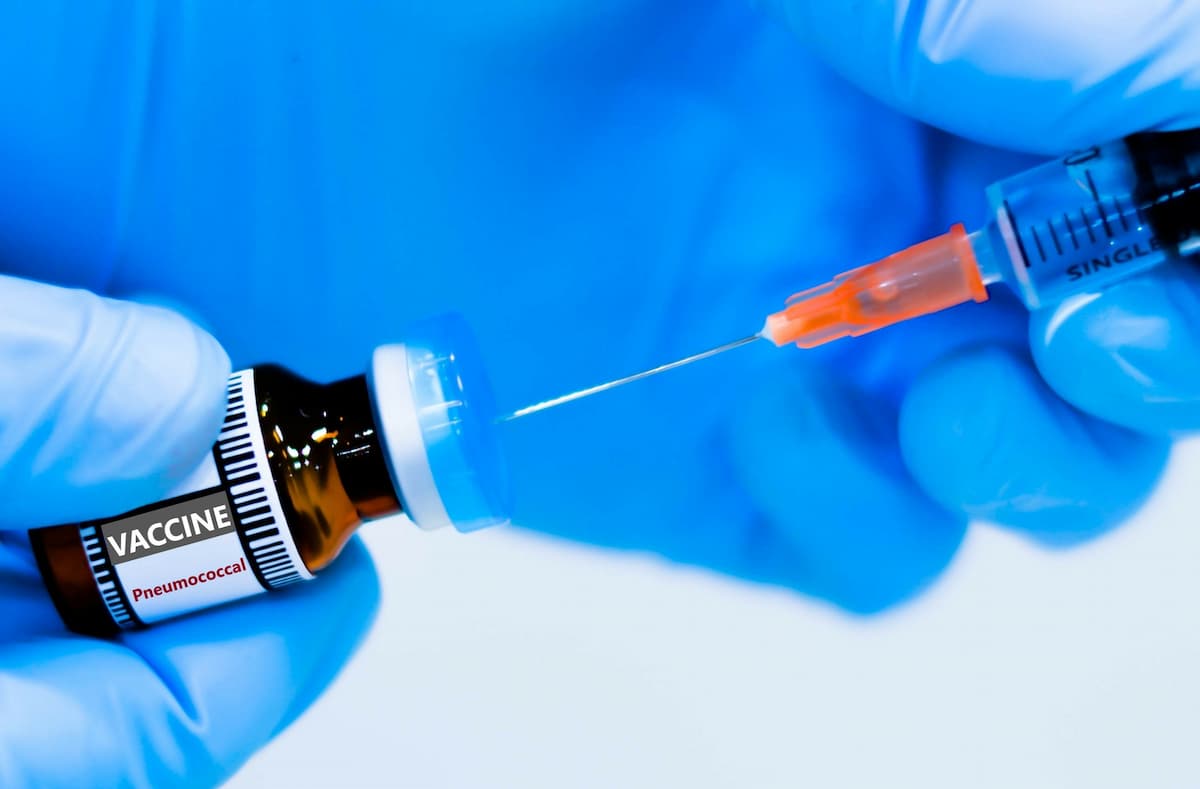Article
Is a Novel Non-Surgical Circumcision Device a Viable Option for HIV Prevention?
Author(s):
Voluntary medical male circumcision may help to reduce the spread of HIV.
A non-surgical circumcision device may prevent the spread of HIV in Africa, according to Forbes.
At the recent Cannes Lions festival in France, the startup company Circ MedTech presented their device PrePex, which aims to reduce the number of HIV contractions in Africa.
Sub-Saharan Africa has the highest incidence of HIV, with nearly 1 of every 25 adults living with HIV. Furthermore, the region accounts for nearly 70% of all individuals living with HIV worldwide, according to the World Health Organization (WHO).
Although antiretroviral therapy and pre-exposure prophylaxis has improved the HIV landscape, there is still no cure. In 2007, the WHO and UNAIDS reported that data from randomized, controlled clinical trials showed that male circumcision could reduce the risk of infection by approximately 60%.
As a result, they recommend voluntary medical male circumcision as an integral part of comprehensive HIV prevention programs because it can save millions of lives and billions of dollars in health care costs for HIV/AIDS treatment.
Male circumcision is considered one of the best investments in global health, and the most sustainable development holes across 14 priority countries in sub-Saharan Africa, according to Forbes.
“But there’s little chance that Africa can scale up programs and that’s where we come into the picture,” Adi Kadussi, director of marketing, Circ MedTech, said during the presentation, as reported by Forbes. “We had to think outside the box, and so we developed a new procedure using PrePex, the only non-surgical device designed for adult men in Africa. It’s safe, simple, scalable, cost effective, and not painful for the end user.”
The device works by applying controlled radial elastic pressure to the foreskin between a “rigid inner ring and an elastic ring to gently stop distal blood flow,” according to the company website. After 1 week, the necrotic foreskin and the device are removed.
“The PrePex procedure takes only 5 minutes, is reported to be less painful than surgical circumcision, and doesn’t require time off from work,” the company site reads.
As of 2016, PrePex is being used and/or researched in Rwanda, Uganda, Zimbabwe, South Africa, Kenya, Botswana, Zambia, Tanzania, Namibia, Lesotho, Mozambique, Indonesia (Papua), and India.
“We’ve delivered more than 1 million devices for countries in Africa, which according to statistical models, means 150 million HIV cases have been diverted, meaning more money can be shifted from potential HIV cases to other spaces,” Kadussi said.






